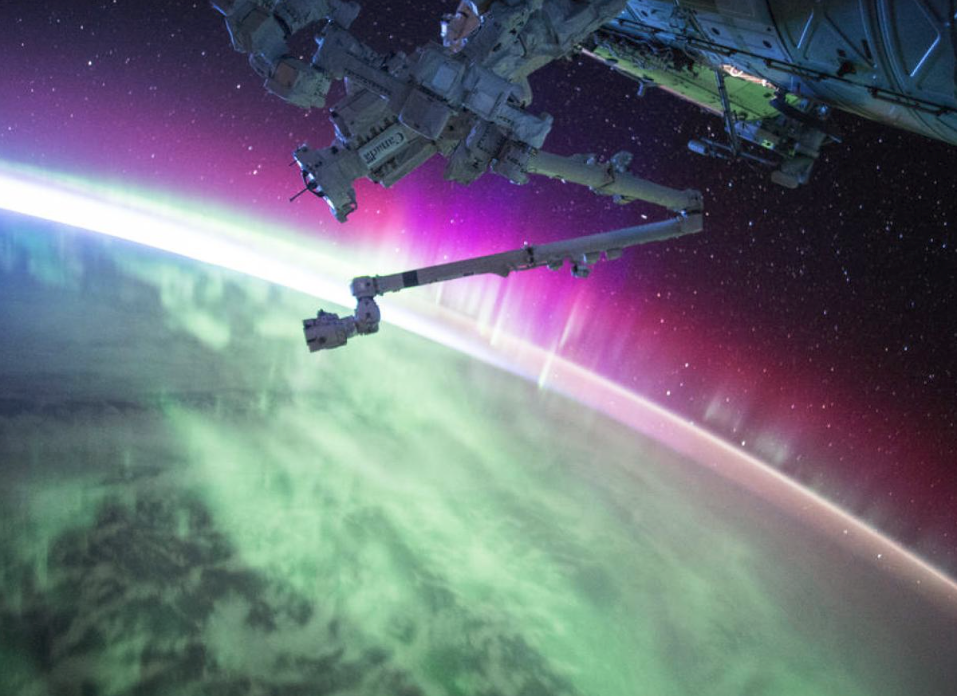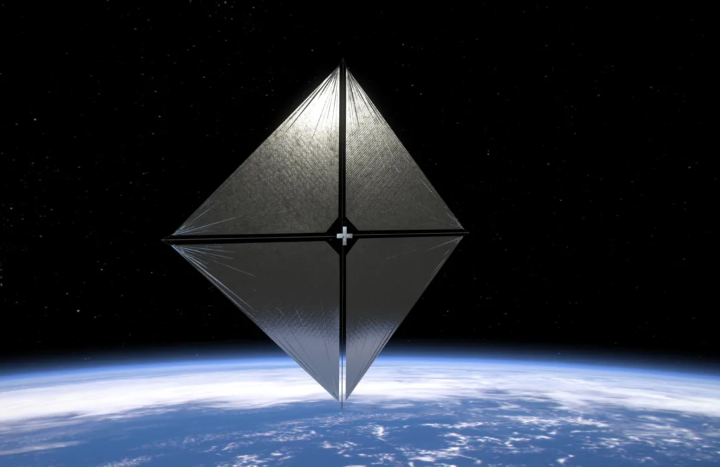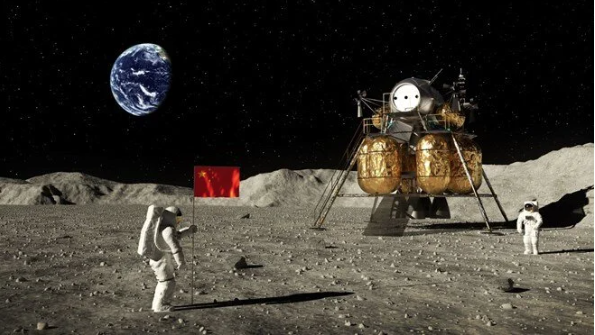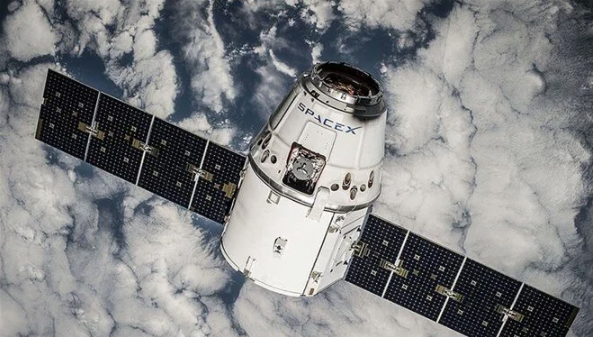Astronauts taking part in the Crew-4 mission, launched by the US Aeronautics and Space Agency (NASA) and the European Space Agency (ESA) in partnership with Elon Musk’s SpaceX company, will design artificial human eyes in space.

As part of the mission, US astronauts Kjell Lindgren, Bob Hines and Jessica Watkins, as well as Italian astronaut Samantha Cristoforetti, arrived at the International Space Station (ISS).
SpaceX’s role was to deliver astronauts to the station in its own spacecraft. The Dragon Freedom capsule carrying the astronauts reached its destination last month and docked with the ISS.
The new crew will conduct a series of scientific experiments, including ongoing research into growing plants in space.
- Lithuania has raised the money needed to buy Bayraktar TB2 for Ukraine!
- Scientists breed “mutant” cockroaches with gene-editing technology
Planned experiments include artificial retina design.
The innermost part of the eye is called the retina. This part is responsible for converting light into signals that the brain can process.
The artificial retina will be developed through a light-activated protein called bacterioorhodopsine.
According to experts, bacterioorhodopsin can replace light-sensing cells in the eye. This means that damaged cells can take over their function.
Bacterioorhodopsin is similar to pigments in the human eye, and more importantly, it does not require any electronic equipment to process the signals.
In addition, the protein in question can work with neural cells in the eyes of patients suffering from problems in the retina.
The development process involves layer-by-layer arrangement of thin film layers.
The microgravity environment in space can prevent the particles used in the production process from gathering together, ensuring that films remain stable and of high quality.
NASA has partnered with LambdaVision, a US-based biotech firm that is developing protein-based artificial retinas for this study.
The company’s researchers have previously conducted experiments on the station to determine whether the layering process works better in microgravity.
The new work that the astronauts will carry out will also build on these experiments.




